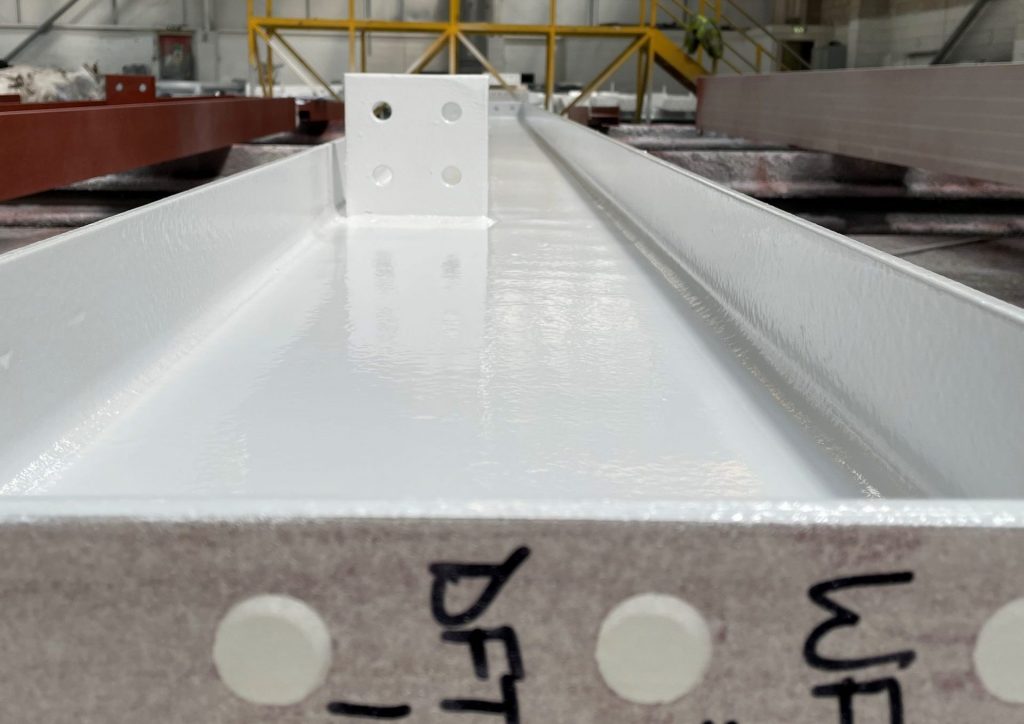Fire regulations continue to evolve in the aftermath of the Grenfell Tower tragedy. New legal provisions were recently laid in parliament, which form phase 3 of the Home Office’s fire safety reform programme.
New fire safety regulations come into force on 1st October
Phase 3 amendments will improve fire safety in all buildings regulated by the Fire Safety Order (FSO). From the 1st October, there will be an increase in requirements to record and share fire safety information. This will improve cooperation and coordination, whilst making it easier for enforcement authorities to tackle non-compliance.
Guidance to support RPs (Responsible Persons) in understanding and meeting these new requirements will be published before they come into force.
More information is expected in the coming months on the government website.
Building Safety Act update for higher risk buildings (HRBs)
The recent Building Safety Act update introduced two new roles: Accountable Persons (AP) and Principle Accountable Persons (PAP). They need to register HRBs with the Building Safety Regulator. The process is now open and registration is required to be completed by October 2023. For new buildings, there will be an approval process and a completion certificate awarded before the building is lived in.
Three new fire safety guides for owners or landlords
On 30th March, three new guides were published for small non-domestic premises, small blocks of flats, and small sleeping accommodation buildings. A 5-step fire risk assessment checklist has also been published to assist the responsible person (usually the owner or landlord).
The Yellow Book – The guide for intumescent coatings
The ASFP publication Fire Protection for Structural Steel in Buildings – known as the Yellow Book gives guidance on intumescent coatings. For years, it has been the go-to source for guidance on manufacturing, testing, specification, and use of passive fire protection for structural steel. It guides on how to calculate the critical temperature for structural steel members, which determine the thickness of intumescent coating required to achieve fire protection. Intumescent coatings are a popular and highly effective method, applied to protect structures from fire and heat.
The Yellow Book advises on how the classification of fire protection changes according to a structure’s framing components as well as based on the buildings end-use. Because both these factors affect the ‘failing temperature’ of a frame, they inform on what level of protection is required. For example, densely populated buildings require a higher failing temperature, granting longer for evacuation, then buildings typically holding fewer occupants.
Intumescent coatings are recognized as both an effective and flexible method for fire protection. Experienced contractors and suppliers should be enlisted to advise on the classification and application of fire protection methods from the very start of projects, allowing this to be factored into design and costings.
The benefits of off-site applied intumescent coatings
Intumescent coatings are one of the most effective forms of passive fire protection for structural steel buildings. Offsite application adds further benefits to projects.
Distinct advantages include:
Reduced site programme
Improved quality control
Reduction in site disruption
Cleaner sites
Improved site safety
Easier servicing installation
The downside is that it is more expensive than its on-site equivalent in terms of up-front costs, but the advantages can make it more cost-effective overall.
Subscribe to the Elland Steel Newsletter for construction news and insights.

